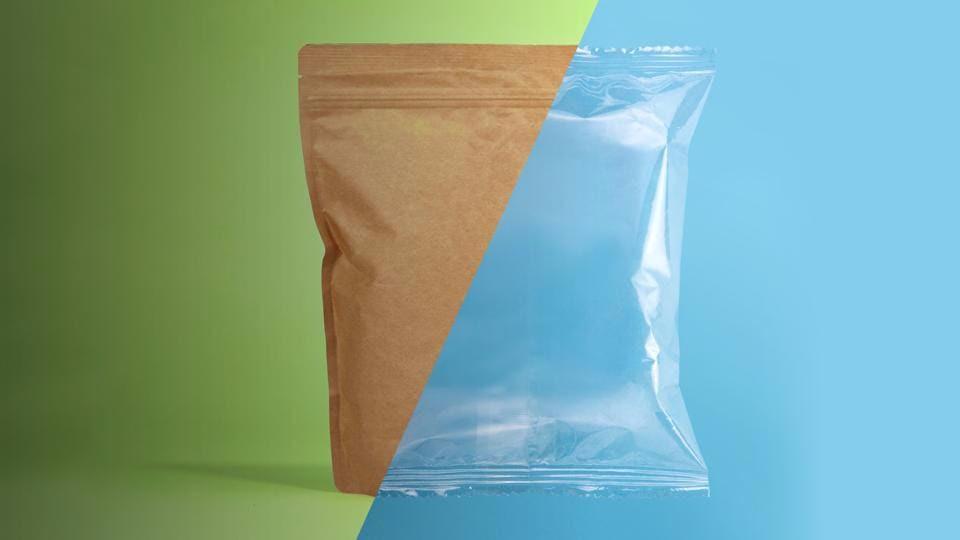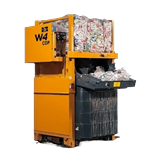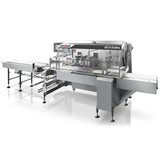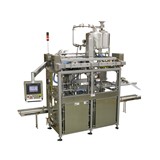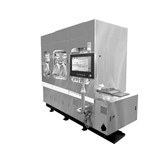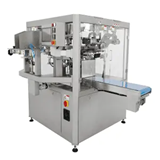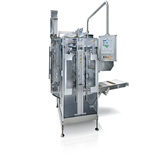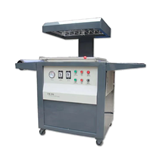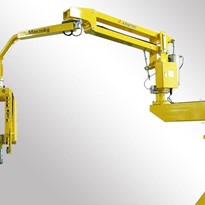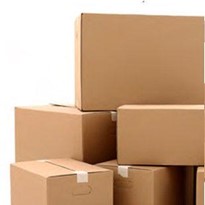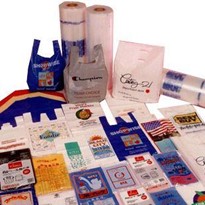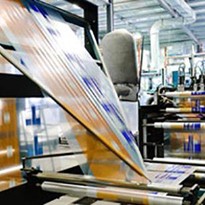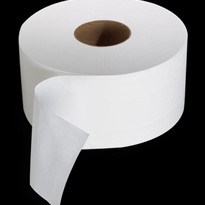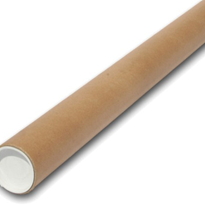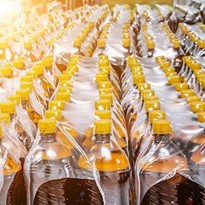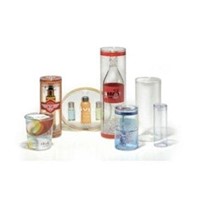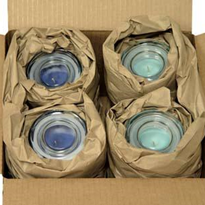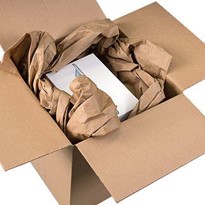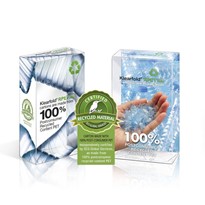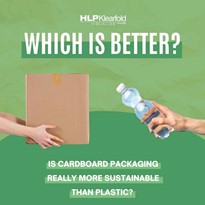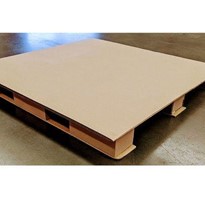Durability and Protection:
One of the key advantages of plastic packaging compared to cardboard and paper is its durability and ability to provide superior protection to the packaged products. Plastic materials such as polyethylene (PE), polypropylene (PP), and polyethylene terephthalate (PET), Polyolefin (POF) and Poly vinal chloride (PVC) offer excellent resistance to moisture, oils, chemicals, and tearing, ensuring that the contents remain intact and secure during handling and transportation. In contrast, cardboard and paper packaging may be more susceptible to damage from moisture, tearing, and impact, compromising the integrity of the packaged items.
Versatility and Customization:
Plastic packaging offers a high level of versatility and customization options that allow manufacturers to tailor the packaging to specific product requirements. Plastic materials can be molded, extruded, or formed into various shapes, sizes, and configurations to accommodate different products, from food items to electronics to cosmetics. Additionally, plastic packaging can be transparent, colored, or printed with branding and product information to enhance visual appeal and brand recognition. This level of customization is often more challenging to achieve with cardboard and paper packaging, which may have limitations in terms of shape, size, design flexibility, and cost saving.
Sustainability and Environmental Impact:
While plastic packaging has faced criticism for its environmental impact, advancements in recycling technologies and the development of bio-based and biodegradable plastics have improved the sustainability profile of plastic materials. Plastic packaging can be recycled, reused, or repurposed in various ways, reducing waste and promoting a circular economy. Additionally, certain plastic materials are lightweight, which can contribute to lower transportation emissions compared to heavier cardboard packaging. When managed responsibly, plastic packaging can offer environmental benefits and help reduce overall carbon footprint.
Cost-Effectiveness and Efficiency:
Plastic packaging is often more cost-effective and efficient than cardboard and paper packaging due to its lightweight nature, durability, and ease of production. Plastic materials require less energy and resources to manufacture, transport, and store, making them a practical choice for businesses seeking to reduce packaging costs and optimize logistics processes. Plastic packaging can also help minimize product damage and losses during transit, leading to potential savings in product replacement and returns.
Barrier Properties and Shelf Life Extension:
Plastic packaging provides excellent barrier properties that protect the contents from external factors such as moisture, oxygen, light, and odors. These barrier properties help extend the shelf life of perishable products like food and pharmaceuticals, preserving freshness and quality over an extended period. Cardboard and paper packaging may not offer the same level of protection against environmental factors, making plastic packaging a preferred choice for products that require enhanced preservation and shelf stability.
In conclusion, plastic packaging offers a range of benefits that make it a preferred choice over cardboard and paper packaging in many applications. From durability and protection to versatility and customization, plastic materials provide innovative solutions for modern packaging needs. By leveraging the unique advantages of plastic packaging and embracing sustainable practices, businesses can enhance product presentation, reduce environmental impact, and improve overall efficiency in their packaging department


